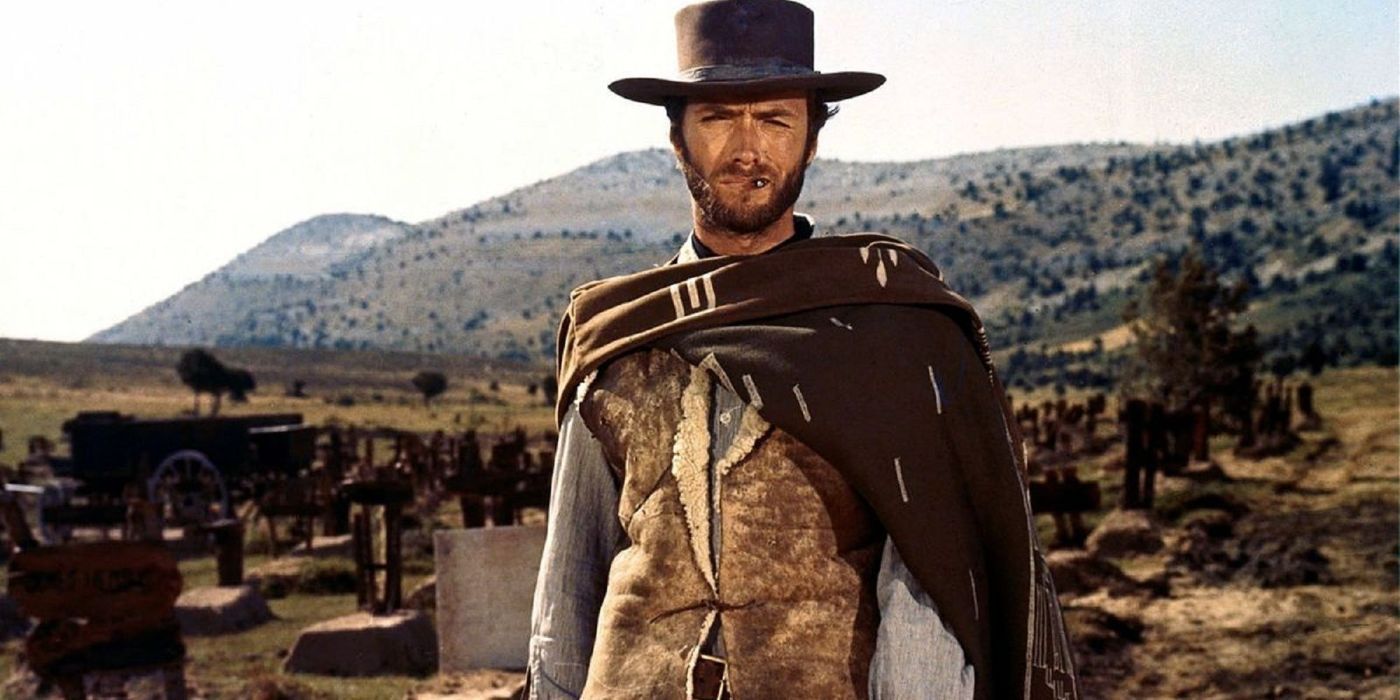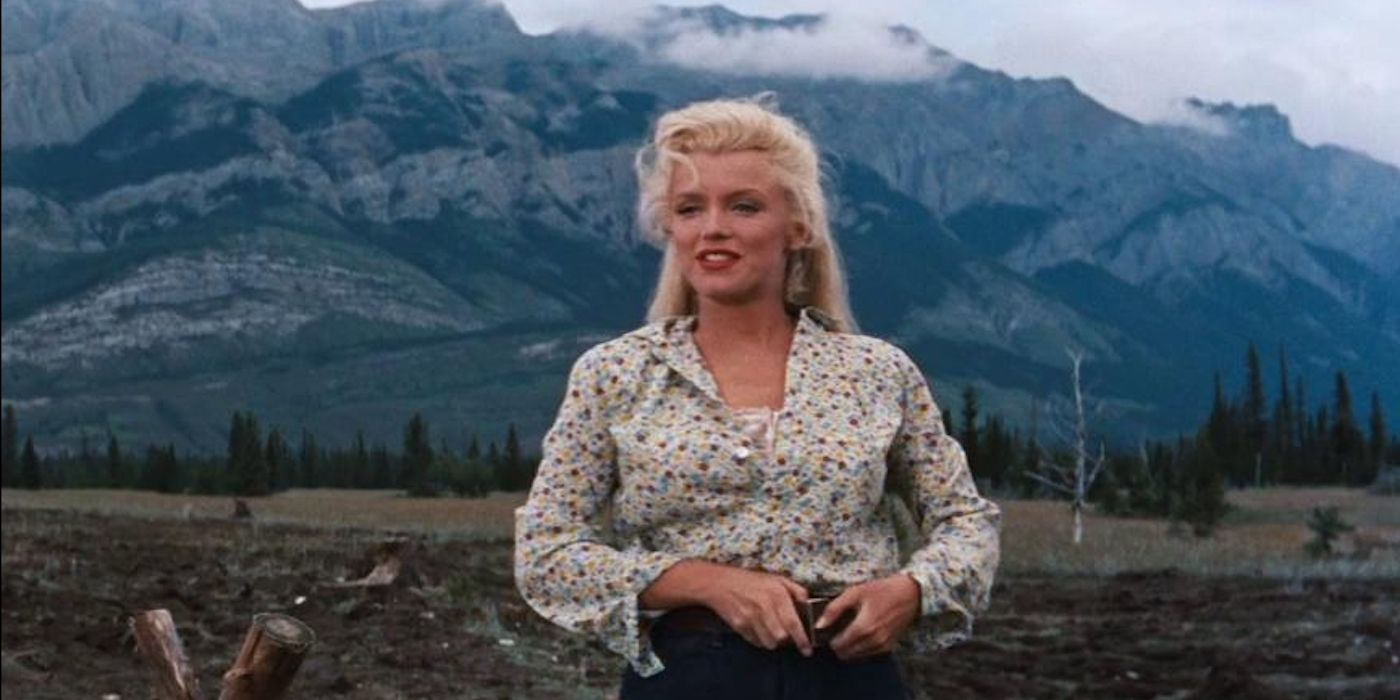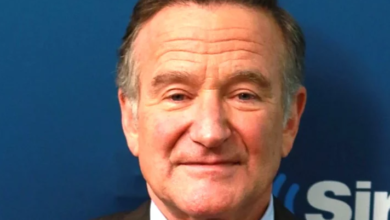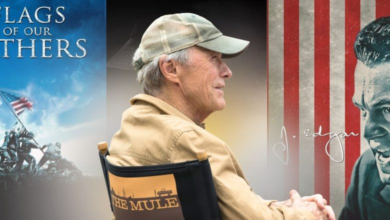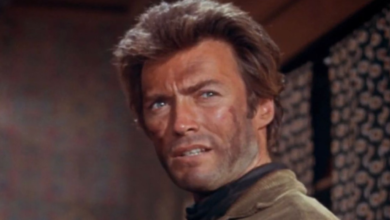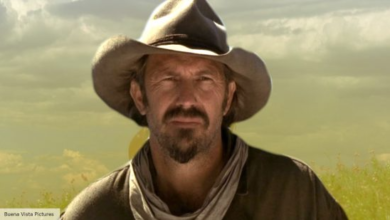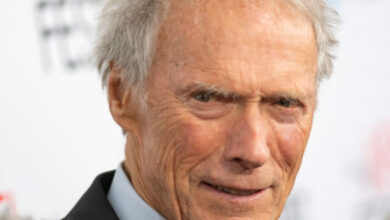Did Clint Eastwood Really Model His Voice After Marilyn Monroe?
Eastwood set the record straight.
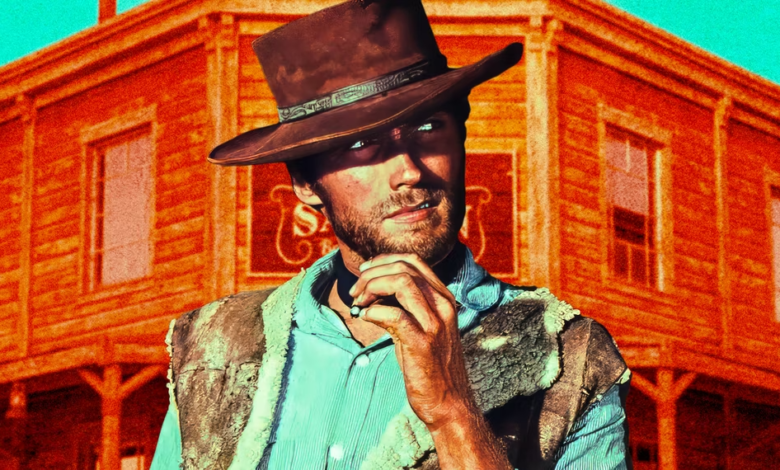
THE BIG PICTURE
- Clint Eastwood’s portrayal of the enigmatic Man With No Name in Sergio Leone’s Spaghetti Western trilogy propelled him to superstardom.
- Eastwood’s character in the Dollars trilogy remains stoic and rarely speaks, relying on actions to reveal his heroic nature.
- Similar to Marilyn Monroe, Eastwood faced genre biases early in his career but eventually gained recognition for his work and expanded his repertoire beyond Westerns.
Clint Eastwood has played so many great characters that listing them all would almost be superfluous. His character in The Good, The Bad, and the Ugly isn’t just a great Western hero; he’s the definitive gunslinger that all other Spaghetti Western protagonists are compared to. Similarly, Detective Harry Callahan of the Dirty Harry franchise inspired a wave of law enforcement anti-heroes in the crime genre that we continue seeing even today. Eastwood put a lot of effort into crafting a very specific onscreen persona when he made his first few films, and it has stuck with him throughout his career. While Eastwood has notoriously kept many things about his career close to the chest, there’s been plenty of internet chatter about the origins of his iconic vocal intonations. But Clint Eastwood set the record straight himself, he did not model his iconic voice after Marilyn Monroe. But there are similarities to be found within their early careers.
How Did Clint Eastwood Go From Westerns to Superstardom?
Clint Eastwood began his career with a series of low-budget genre movies at the tail end of the 1950s. However, it wasn’t until 1964 that he first announced himself as a superstar; although Eastwood is thought of as one of the quintessential “American heroes,” his breakout role came thanks to the Italian filmmaker Sergio Leone. Leone cast Eastwood as the enigmatic “Man With No Name” in his 1964 Spaghetti Western A Fistful of Dollars. The film was loosely inspired by Akira Kurosawa’s classic samurai film Yojimbo, and Eastwood embodied the stoic nature of a proud warrior. The eponymous “Man With No Name” barely speaks, but in the rare instances that he does, his voice barely rises above a whisper.
Eastwood reprised his role for the film’s sequel, 1965’s For A Few Dollars More, but it was the third installment, The Good, The Bad, and The Ugly, that cemented his reputation. The character referred only to as “Blondie” delivers gruff, authoritative remarks to his mischievous accomplice Tuco (Eli Wallach). Although his menacing voice suggests more villainous qualities, Blondie ultimately proves himself as a hero by the time the story concludes. Blondie isn’t willing to sacrifice his honor for the sake of fortune and gold and only acts aggressively in order to dispatch evil-hearted men. Blondie takes out the ruthless killer known only as “Angel Eyes” (Lee Van Cleef) in the film’s iconic final shootout.
The entire “Dollars trilogy” works as well as it does because of how enigmatic Clint Eastwood’s character is. Although it’s loosely suggested that this is the same character at different points in his career, the film lacks any connective tissue that would suggest any serious character development. “The Man With No Name” never speaks openly about what motivates him, or why he’s chosen his line of work. However, his heroic nature is revealed through his actions. In A Fistful of Dollars, he helps to protect a town of innocent Mexican villagers who are caught between two warring smuggler gangs; in A Few Dollars More, he helps defeat a legendary outlaw. It’s his actions, not his words, that show his heroic nature.
The low-level whisper of Eastwood’s voice certainly differentiated him from other Western actors at the time, such as John Wayne, Gary Cooper, and James Stewart. Instead of making comedic quips or making broad gestures, Eastwood seemed to whisper every word, making it critical to listen to everything he said. Eastwood’s breathy voice has invoked many comparisons to another Hollywood icon: Marilyn Monroe. Although Eastwood revealed that he was “never influenced by her,” he nearly got his first major role in Monroe’s 1956 comedy Bus Stop. It was only after losing the chance to star opposite Monroe that Eastwood earned his first few major roles overseas.
Clint Eastwood and Marilyn Monroe Are More Similar Than You Think
Even if Clint Eastwood didn’t directly model his voice off of Marilyn Monroe, the two stars are much more similar than they may appear. Both Eastwood and Monroe were harshly judged early in their careers because of genre biases. The Western films Eastwood starred in and the romantic comedies that Monroe led weren’t necessarily considered to be “prestigious.” However, the specific timing of jokes in Monroe’s comedy films was not easy to pull off, and she was definitely not given enough credit within her lifetime for how funny she was.
Eastwood had to deal with similar assumptions about his work with the Western genre. Following his breakout role in “The Man With No Name Trilogy,” Eastwood directed many Western films, including High Plains Drifter, The Outlaw Josey Wales, Pale Rider, Bronco Billy, and The Bridges of Madison County. While these films each told original stories and weren’t simply reiterating each other, Eastwood was often pigeonholed as being exclusive to the Western genre. These assumptions ignore the great work he did in other genres; he also helmed many biopics, crime thrillers, character dramas, and even a musical with 1988’s Bird.
The difference between them is that while Monroe was never appreciated within her lifetime (as she tragically died at the age of 36), Eastwood’s brilliance was eventually recognized by the industry at large. His victories for Best Picture and Best Director at the Academy Awards for his 1992 masterpiece Unforgiven served as a “career trophy” for how he had changed the Western genre over the course of his career. Ironically, Eastwood has become even more popular in recent years thanks to his work in other genres; he even won additional Best Picture and Best Director trophies for his 2004 sports drama Million Dollar Baby.
Both Eastwood and Monroe were so fascinating because of the mysteries surrounding them. This wasn’t just because of their hushed voices, as both Eastwood and Monroe felt like outsiders who didn’t fit the persona of what a standard “movie star” looked or sounded like. They both brought respect to genres that would have otherwise been considered to be “escapism;” Eastwood showed that Westerns could wrestle with darker and deeper themes, and Monroe proved that romantic comedies could be thoughtful, creative, and even insightful. While Monroe’s brilliance was only appreciated in hindsight, cinephiles are lucky that Eastwood is still working on new films.


